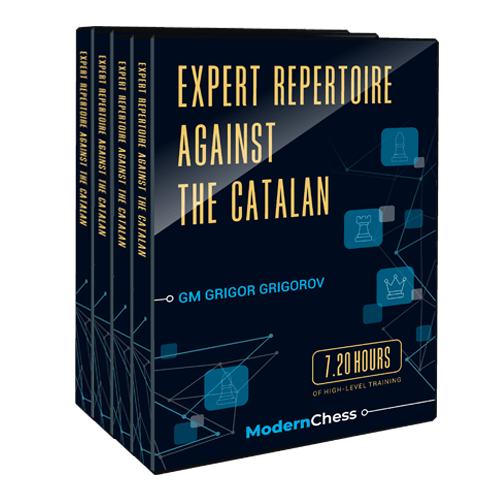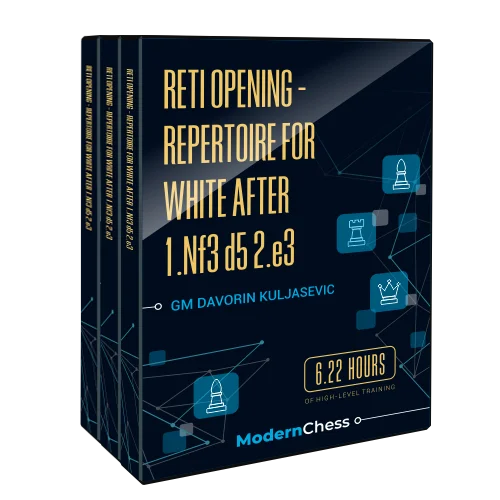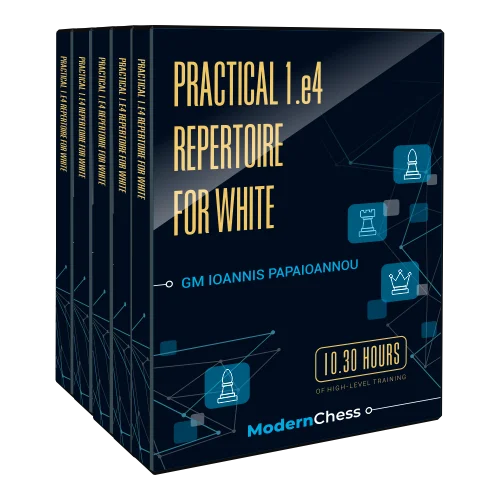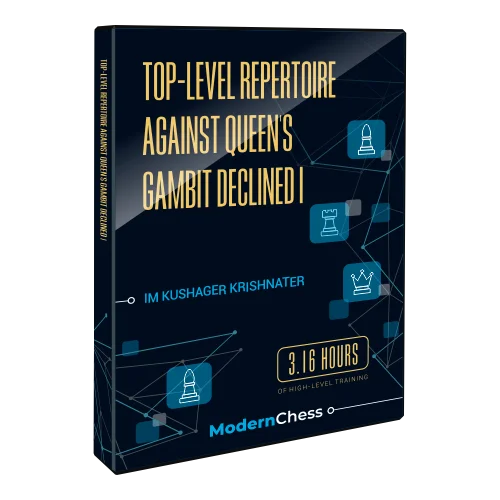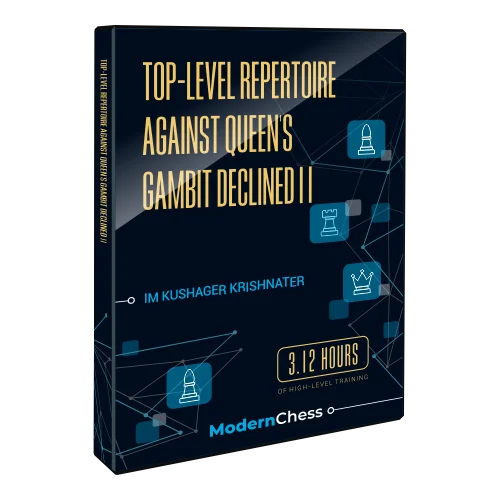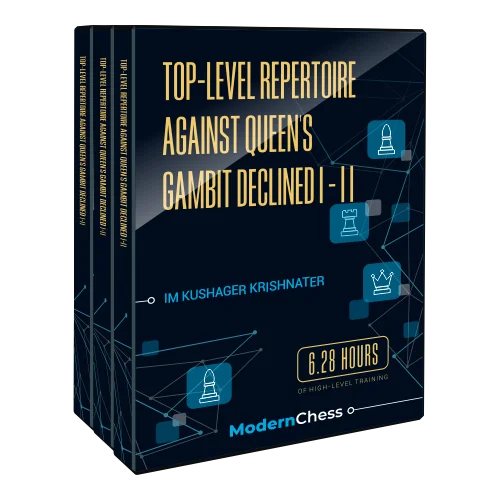We are happy to present the newest opening project by GM Grigor Grigorov – Expert Repertoire against the Catalan. The Catalan opening has always been one of the most sound openings after 1.d4. Nowadays, the Catalan is one of the most frequent choices in the top-level practice, especially after the World Championship match Carlsen – Nepomniachtchi.
Preview by the Author
I am happy to present my newest opening project – Expert Repertoire against the Catalan. The Catalan opening has always been one of the most sound openings after 1.d4. Nowadays, the Catalan is one of the most frequent choices in the top-level practice, especially after the World Championship match Carlsen – Nepomniachtchi.
The starting position of the database arises after the moves 1.d4 Nf6 2.c4 e6 3.Nf3 d5 4.g3 Be7.
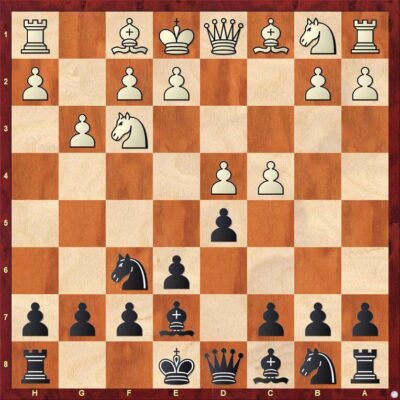
The current course is designed to provide a complete repertoire for Black against the Catalan. When preparing the database, I had two ideas in mind:
1) building a repertoire that withstands the analysis of the top engines
2) making the repertoire practical in order to suit the needs of tournament players.
As a result, I can assure you that you can play the suggested variations at any level without the need to constantly keep all the analysis in your head. When I provide long forced sequences, I do it mainly to justify the soundness of the entire concept.
The database consists of 15 theoretical chapters, 15 interactive test positions, a Memory Booster, Video Version (7h and 15 min Running time), and Computer Practice.
The new feature called Computer Practice allows you to play several critical positions against a strong engine. For the purposes of this course, I have selected some typical Catalan endgames in which Black must know how to neutralize White’s slight pressure. After practicing these positions with an engine, you will be confident when similar situations arise in your practical games.
Now, we shall take a brief look at the different chapters.
Unlike other opening sources (including Modern Chess databases), I have decided to cover the most critical lines before going to the sidelines. I find this approach to be more practical since dealing with the most important positions will increase your confidence and understanding.
The first two chapters are dedicated to the main position arising after 1.d4 Nf6 2.c4 e6 3.Nf3 d5 4.g3 Be7 5.Bg2 0-0 6.0-0 dxc4 7.Qc2.
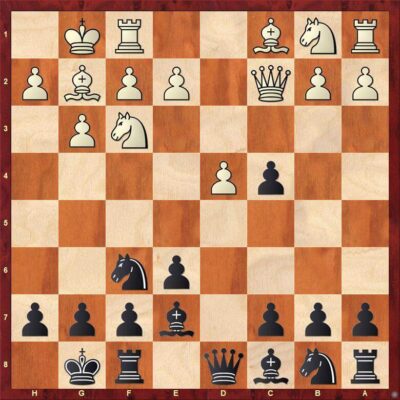
This is by far White’s most popular choice. White is planning to get his typical Catalan pressure after quickly regaining the sacrificed pawn. Instead of the main move 7…a6, I have decided to suggest 7…b5 8.a4 Bb7.
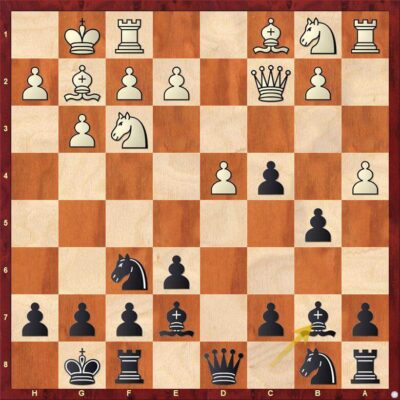
Recently, this continuation has been getting popular at the highest level. Even Nepomniachtchi prepared this line for the World Championship match against Carlsen. Had Magnus played 8.a4 instead of 8.Ne5, 8…Bb7 would surely have happened. The fact that Nepo played 8…Bb7 against Giri at the World Rapid Championship in Warsaw only confirms my hypothesis.
I decided to make this move the cornerstone of the current repertoire. There are 3 points that justify this choice:
1) Since few games have been played, there is no theoretical overload
2) The best engines have proven the correctness of Black’s concept
3) The arising positions are not difficult to handle from a human perspective.
The first important crossroads arises after 9.axb5 a6.
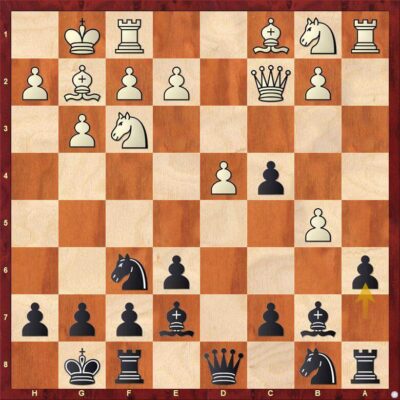
Black is sacrificing a pawn for development and piece activity. Conceptually, this line is pretty similar to the Benko Gambit. Meanwhile, with the early …Bb7, Black neutralizes White’s main weapon in the Catalan – the g2-bishop.
This position is covered in Chapter 1 and Chapter 2. While Chapter 1 deals with the positional 10.Nc3, Chapter 2 is dedicated to the most challenging 10.bxa6. After submitting the arising positions to extensive analysis, I managed to prove the soundness of Black’s approach. In my notes, you will find a number of important novelties.
Chapter 3 is dedicated to 7.Qc2 b5 8.Ne5.
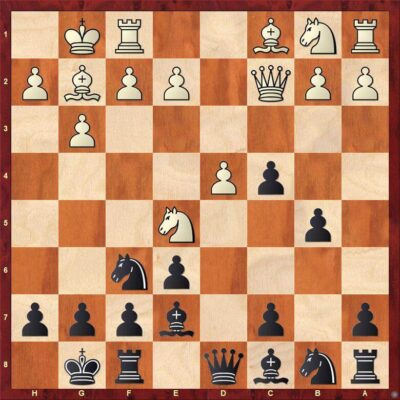
This rare move was played by Carlsen in the second game of his World Championship match against Nepomniachtchi. This idea (a brainchild of Dubov) can be practically very unpleasant if Black does not know exactly what he is doing. In the game, Nepo reacted precisely – 8…c6 when the critical position of the chapter is being reached after 8…c6 9.a4 Nd5 10.Nc3 f6 11.Nf3.
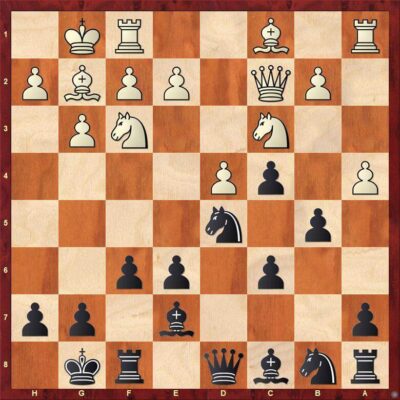
In my opinion, the most direct solution for Black is 11…b4. Even though Black has to find a very precise sequence of forced moves, he manages to solve his problems. As an alternative, I also examined the move of Nepomniachtchi – 11…Qd7. After improving on his game with Carlsen, I would say that 11…Qd7 is a playable alternative to 11…b4.
The next two chapters are dedicated to 7.Qa4.

This tricky move order is mainly designed to avoid the lines with …b7-b5. Of course, such a committing move involves certain drawbacks. For example, Black can now opt for 7…a6 when White cannot respond with a2-a4. In this case, we will transpose to the old mainline. For the purposes of this course, however, I decided to go for a more practical approach. My suggestion is 7…b6.
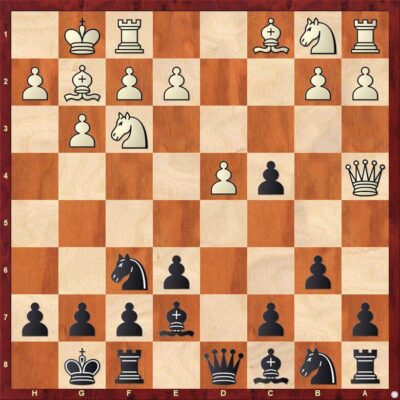
I believe that this is the simplest choice. Black’s plan is pretty straightforward. Unless White does something energetic, we are going to follow with …Bb7 followed by …c7-c5. This choice of variation fits very well into my overall strategy for this database – Black has a clear plan that does not require the memorization of computer moves.
In Chapter 4, I analyze the position arising after 8.Ne5 Qxd4 9.Bxa8 Qxe5.
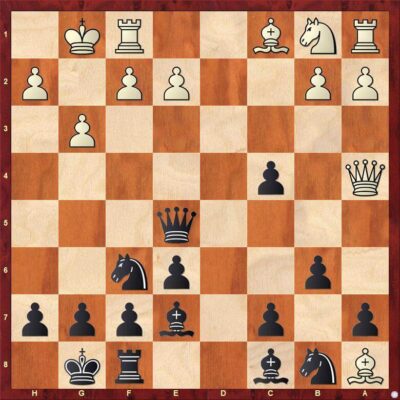
It’s important to understand the nature of Black’s compensation. White has two major problems in this position:
1) Problems with the development of the queenside
2) The space advantage provided by the c4-pawn. Additionally, White should reckon with the fact that the e2-pawn is currently hanging. In such positions, Black often plays …Nd5 followed by …Bf6, thus hindering the development of White’s queenside.
Chapter 5 is dedicated to 8.Qxc4.
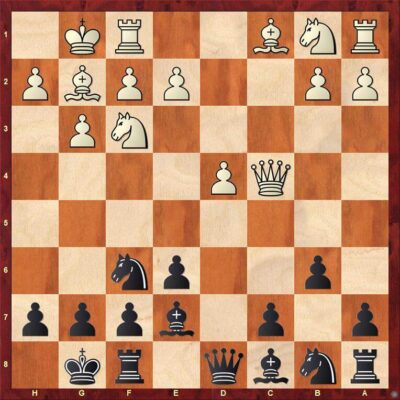
This is the positional continuation. White is playing for a very tiny edge in a symmetrical position. You can often see this line even at the highest level. The main reason for its popularity is the risk-free character of the game.
In my analysis, I show how to handle the structures arising after 8…Bb7 followed by …c7-c5. Black has no problems in all these lines.
Chapters 6 and 7 cover 7.Ne5.
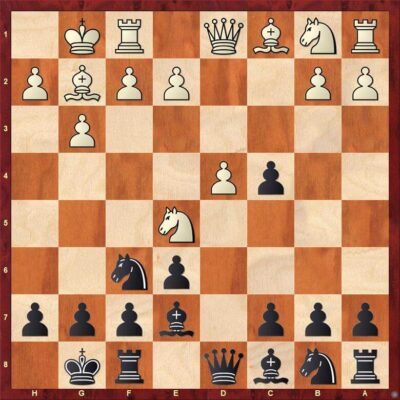
This is the second most popular choice for White after 7.Qc2. The main idea is to immediately put pressure on the long diagonal, thus hindering Black’s queenside development. On the downside, after 7.Ne5 the d4-pawn becomes vulnerable. It’s not a surprise that Black’s most critical ideas are designed to put pressure on d4.
At this point, my suggestion is 7…c5.
Immediately attacking the d4-pawn and undermining the e5-knight. This move is considerably less popular than 7…Nc6.
I decided to give it a go for two reasons:
1) From a human perspective, the arising positions are not difficult to handle since Black has a clear plan
2) Your opponent will probably be less prepared against this move. Fortunately, my analysis shows that this move is fine from a theoretical point of view as well.
The next 2 chapters feature the position arising after 7.Na3 Bxa3 8.bxa3 Bd7.
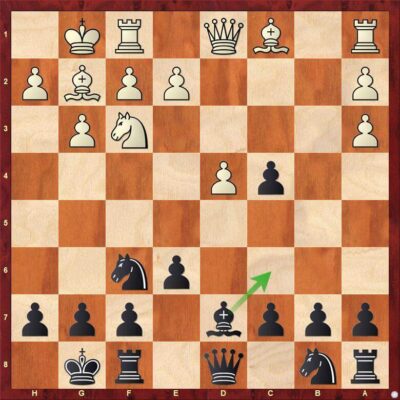
In Catalan, the development of the light-squared bishop is Black’s first priority. The next move will be …Bc6. Since White has exchanged his queenside knight, he does not have good control of the central squares e4 and d5. Hence, it will be very difficult to restrict the black bishop by means of the thematic e2-e4.
In this position, White’s main move is by far 9.Ne5. This continuation is dealt with in Chapter 9. Chapter 8 features all the alternatives to the mainline, including 9.a4 that was played by Magnus Carlsen at the latest edition of Tata Steel.
Fortunately, I managed to find clear-cut solutions to all the practical problems in these lines.
Chapter 10 is dedicated to 7.Nbd2.
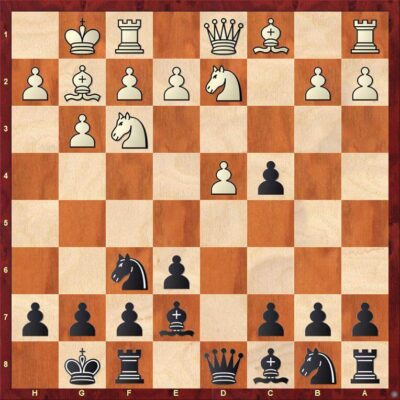
White wants to comfortably take the c4-pawn with the knight. If he manages to do so, he will enjoy a typical Catalan pressure. The drawback of this move is that the knight closes the way of the queen and hinders the development of the c1-bishop. Additionally, the d4-pawn is now vulnerable. Black’s best option is 7…b5.
This move is the reason why 7.Nbd2 does not work well. This advance …b7-b5 usually works very well against the setups based on Nbd2. The explanation is simple. In such structures, White’s most effective way of putting pressure is the construction Nc3 and a4. Obviously, the d2-knight cannot put pressure on b5. Additionally, with the knight being on b1, White often undermines Black’s queenside structure with b2-b3. When the knight is already committed to d2, the move b2-b3 is well met by …c4-c3 followed by …b5-b4.
Chapter 11 covers the line with 7.a4.
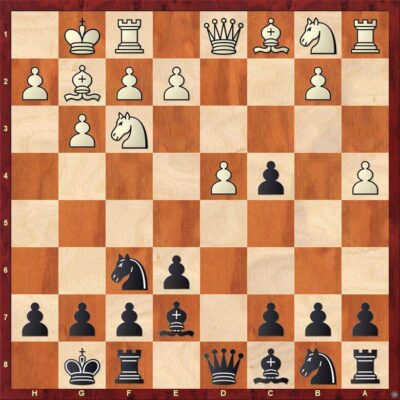
Besides preventing …b7-b5, White is planning to seize even more queenside space by means of a4-a5. On the downside, Black can now make use of the vulnerable b4 and b3-squares.
Black’s most precise reaction is 7…Nc6. A thematic idea. Black’s positional threat is …Na5. This is always a good concept when White has weakened the b3-square by advancing the a-pawn. My analysis shows that Black is in very good shape in all these lines.
Chapter 12 is of very big theoretical importance. I deal with variation 6.Nc3.
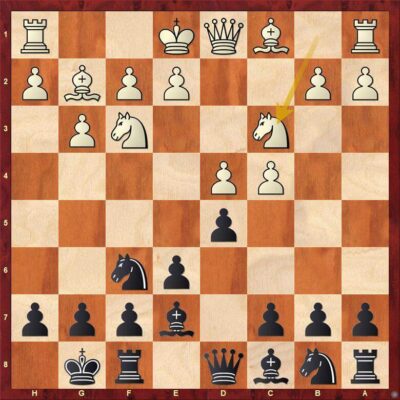
This line is very popular nowadays. You can see a number of top-level games in this direction. By temporarily sacrificing a pawn, White is playing for quick development and good central control. In the main lines, White is trying to get a risk-free position with hopes for a tiny edge. For a long period of time, this system was a bit annoying for Black. Fortunately, powerful engines indicated how Black can obtain complete equality.
I suggest the principled line 6…dxc4 7.Ne5 Nc6 8.Bxc6 bxc6 9.Nxc6 Qe8 10.Nxe7+ Qxe7 11.Qa4.
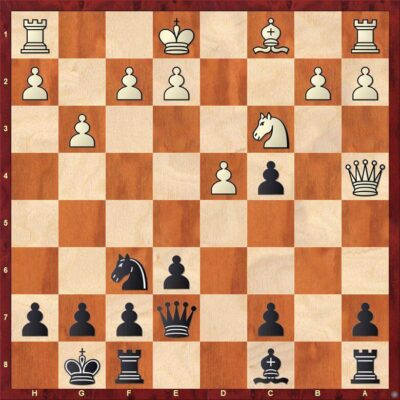
At this point, my suggestion is 11…Nd5! I consider this rare move to be the ultimate solution to Black’s problems in this line. This judgment is strongly supported by powerful engines. In the arising position with opposite-coloured bishops, Black enjoys decent compensation for the pawn.
Chapter 13 examines the position arising after 6.Nc3 dxc4 7.0-0.
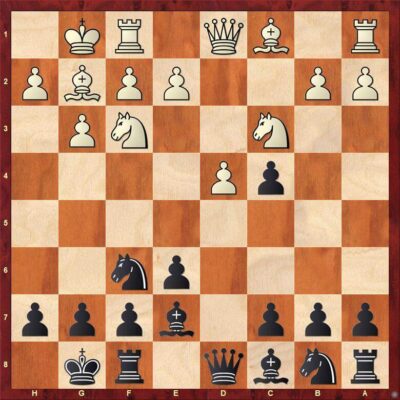
This gambit variation shouldn’t be underestimated. In the long-term, White is planning to build a strong center with e2-e4. On the other hand, as it very often happens in Catalan, the c4-pawn shouldn’t be underestimated. With a knight on c3, it’s even more difficult to regain the missing pawn. Black’s most logical reply is 7…Nc6. Besides putting pressure on d4, Black is ready to protect the c4-pawn by means of …Na5. Later on, he can follow with …c7-c5. Since the arising positions are double-edged, very often Black has chances of overtaking the initiative.
In Chapter 14, I analyze 6.Qc2.
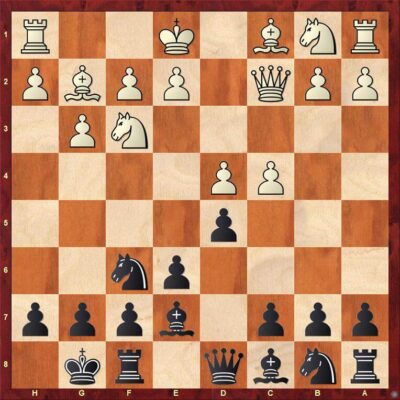
Having based our repertoire on … dxc4, we should definitely pay a lot of attention to this move order. The move 6.Qc2 has been tried by several top players. The idea is simple. Before casting, White protects the c4-pawn, thus discouraging Black from taking on c4. On the other hand, this move has two main drawbacks:
1) it does not contribute to the development
2) 6.Qc2 weakens the control of the d4-square.
Having in mind all these considerations, Black’s most principled reaction seems to be 6…c5. Black immediately strikes in the center. One of the points is to answer 7.dxc5 with 7…d4, making use of White’s insufficient control of the d4-square. My annotations to the current chapter prove that Black is doing fine in all the lines.
The last Chapter 15 deals with all the remaining sidelines on move 6.
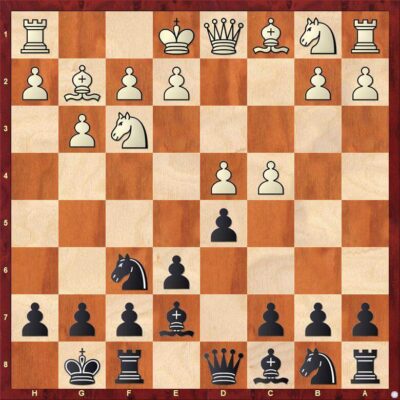
In this chapter, I examine the moves 6.Bf4, 6.b3, 6.cxd5, 6.Qb3, 6.Qd3, and 6.Nbd2.
Even though these options are theoretically less challenging, Black should have at least a general idea about each one of them. There is also another factor that can boost the popularity of the sidelines. Having difficulties finding an advantage in the main lines, White will start relying on the surprise effect on the sidelines. This tendency is getting obvious in the games of Carlsen. Recently, he prefers to change different sidelines against the Catalan.
About the Author
GM Grigor Grigorov [FIDE 2507]
is not an average grandmaster. He is the founder of Modern Chess, an initiative started in 2015 to provide a chess educational framework for anyone to improve at chess… without a trainer! Along with several big names like GM Boris Avrukh, GM Evgeny Postny, GM Kiril Georgiev, GM Viktor Gavrikov (1985 URSS champion) and so on.
He is not only among the most successful players from Bulgaria but also has coached students around the world for decades. Needless to say, if you want to improve your calculation skills, you are in good hands.
